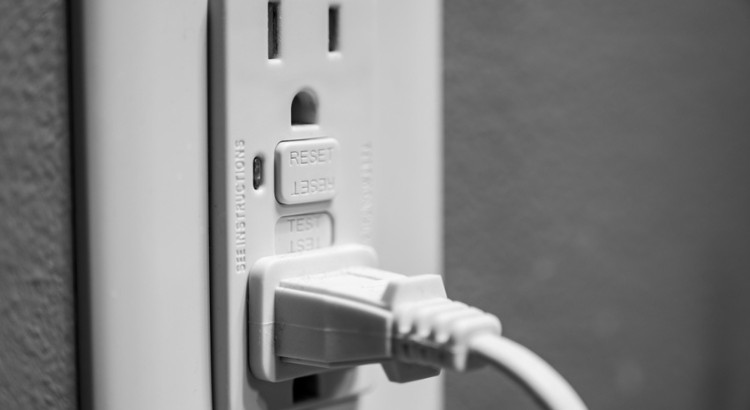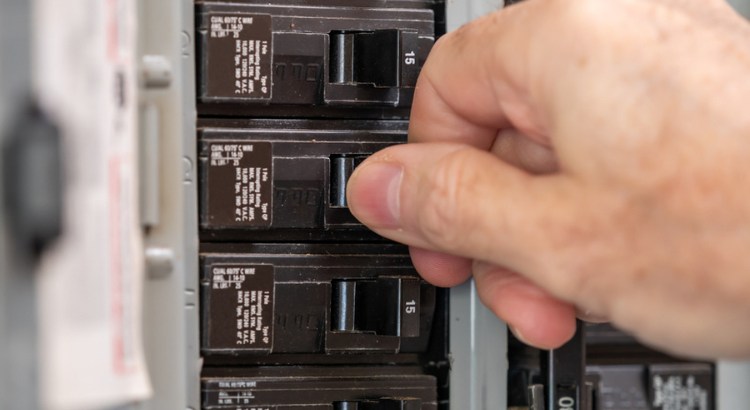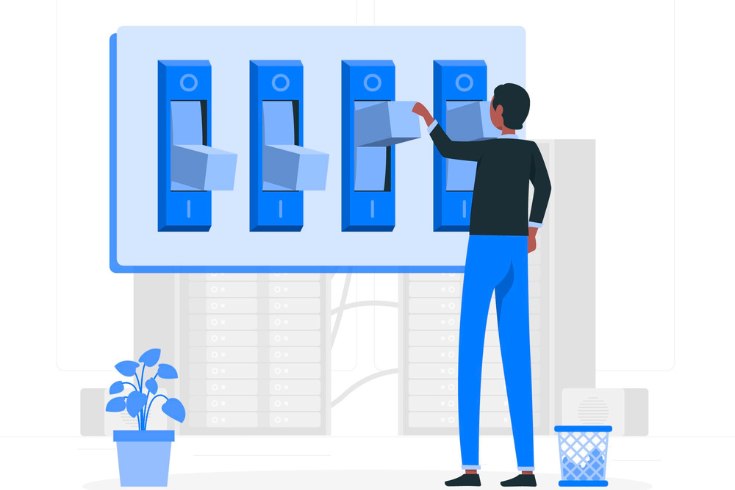Can a Dishwasher and Garbage Disposal Share the Same Circuit? So the answer is the garbage disposal and dishwasher, which are the center of any kitchen, are essential for convenience and sanitary conditions. Still, there’s a frequent query:
Can these necessary appliances be on the same circuit as one another? In this blog, we set out to explore the difficulties involved in joining a garbage disposal and dishwasher to a single electrical circuit.
This connection helps prevent drainage and sink issues, but it’s not required. In-depth technical discussion includes power needs, wiring issues, and the critical requirement to maintain the overall amperage within safe bounds.
Come along as we explore the world of circuit breakers, solve possible problems, and explain the essential function of dedicated circuits in creating a kitchen that runs smoothly.

Advantages of Combining the Garbage Disposal and Dishwasher
Preventing Problems with Drainage and Sinks
It is beneficial to connect the garbage disposal and dishwasher to the same circuit in order to avoid potential issues with drainage and the sink.
By carefully matching the appliances, a regular workflow is ensured, avoiding potential problems like slow drainage and obstructions that may result from independent operation.
These kitchen workhorses harmonize their functions by sharing a circuit, making the cooking environment more trouble-free and efficient.
Safe Disposal of Food Waste and Wastewater
Dishwasher and garbage disposal on one circuit improves productivity and ensures safe disposal of wastewater that contains food residues.
Food particles must first be broken down by the disposal, which is conveniently positioned under the sink, in order for the plumbing system to handle them smoothly.
A more hygienic and efficiently operating kitchen is the result of this integrated strategy, which also reduces the possibility of blockages.
The link turns into more than just a practical consideration and becomes an important tactic for preserving the highest level of kitchen hygiene.
Can a Garbage Disposal and a Dishwasher Be on the Same Circuit?
Power Consumption for a Dishwasher
Dishwashers’ main power supply is usually 120/125 volts, which they work at. Knowing the precise voltage needs guarantees the best possible electrical configuration, enhancing the appliance’s effective operation and preventing problems caused by an insufficient power source.
Wiring Requirements
Connecting a dishwasher and garbage disposal requires navigating the complex wiring. To ensure the right electrical structure, use 14/2 NM wiring for 15-amp circuits and 12/2 NM wiring for 20-amp circuits.
By paying close attention to the wiring details, a secure and efficient power distribution is ensured, allowing both appliances to operate simultaneously without sacrificing electrical integrity.
Ensure Total Amperage Isn’t More Than 80% of Circuit Rating
Ensuring electrical safety is crucial when connecting a garbage disposal and dishwasher. An important precaution is to make sure that the total amperage of these appliances is not more than 80% of the circuit rating.
By reducing the possibility of circuit overloading, this procedure protects against any electrical hazards and guarantees that various kitchen necessities coexist peacefully on a single electrical circuit.
Circuit Breakers for Garbage Disposals and Dishwashers

Dishwasher Criteria for Breakers
Specifications for dishwasher breakers need a single-pole design with a 15–20 amp maximum capacity. The dishwasher operates safely and effectively due to this specially designed electrical arrangement, which complies with the appliance’s voltage and amperage requirements for best results in the kitchen.
Requirements for a Garbage Disposal Breaker
A specific breaker with a 120-volt, 20-amp capacity is needed for garbage disposal equipment. The electrical setup in question guarantees that the disposal gets enough power to enable its operation and safely dispose of kitchen trash.
GFCI’s Importance in Dishwasher Systems
Dishwashers must have Ground Fault Circuit Interrupters (GFCI) installed for electrical safety.
When they notice irregularities, GFCIs quickly cut off power to prevent shocks and other dangers. Installing GFCIs complies with important safety standards and requirements for kitchen electrical setups, protecting the user and the dishwasher alike.
Dishwasher and Disposal On the Same Circuit Not Working

Causes of Problems
- Insufficient circuit amperage: Putting an excessive amount of electrical load on the circuit.
- Tripped breaker: Circuit disruption that occurs automatically as a result of an overload or electrical problem.
Techniques for Troubleshooting and Resetting the Circuit
- Find the electrical outlet placed under the washbasin.
- Disconnect the power source from the dishwasher and waste disposal.
- Press the red button to reset the GFCI outlet.
- Reattach the dishwasher and waste disposal to the power source.
- Check that everything is working properly; if not, check the circuit breaker for the kitchen outlet.
- If required, reset the tripped breaker to get the power back.
Tip: Proper way to install Dishwasher and Garbage Disposal Outlets and Switch
Identifying Circuits in Kitchens
Why Does Kitchen Equipment Need Its Own Circuits?
Kitchen appliances require dedicated circuits for secure and dependable power distribution. To avoid overloads and maximize the efficiency of high-demand appliances like ovens and dishwashers, these circuits are dedicated to serving only those.
Specialized circuits reduce the possibility of tripped breakers, ensuring uninterrupted electricity for necessary kitchen operations.
Requirement for Multiple Circuits
Multiple circuits are required in the kitchen to accommodate various electrical requirements. Separate circuits are required for outlets, appliances, and lighting in order to operate safely and effectively.
This multifunctional method ensures a well-lit, appropriately powered, and hazard-free cooking environment by preventing overload, improving safety, and enabling the smooth performance of diverse kitchen components.
Considerations & Outlet Space
Potential Issues with a Limited Number of Outlets
Having a lot of appliances in a kitchen with limited outlet space can be problematic. Due to the possibility of overloading circuits brought on by numerous devices competing for a limited amount of electrical access, crowded outlets can be both inconvenient and dangerous.
Recommended Solutions, Including Hardwiring Appliances
Appliances that have limited outlet space may benefit from hardwiring. By optimizing electrical access, this system does away with the requirement for several outlets.
Hardwiring guarantees a simple, orderly configuration that minimizes clutter and improves kitchen safety. It’s a calculated move that encourages effective electrical use while controlling space restrictions.
GFCI and AFCI’s Roles in Kitchen Appliances
Requirement of GFCI for Dishwashers
Ground Fault Circuit Interrupters (GFCI) are required for dishwashers in order to improve safety. When GFCIs sense a malfunction, they quickly cut off the power to prevent shocks and other dangers. Maintaining a secure environment for dishwasher operation is ensured by compliance with these criteria.
AFCI as a Secure Method of Disposal
For disposal units, Arc Fault Circuit Interrupters (AFCI) offer a secure method. They are more capable than GFCIs at detecting arcing faults, which lowers the risk of fire and improves safety during disposal operations.
Resolving GFCI Trip Problems and the Requirement for Dedicated AFCI
Recognise the requirement for specialized AFCI to handle GFCI tripping effectively. In order to prevent electrical failures, troubleshoot GFCI tripping, ensure dishwashers have uninterrupted power, and think about AFCI exclusivity for disposals.
By addressing safety issues, this all-encompassing approach promotes a safe electrical environment in the kitchen.
Wrap Up
In conclusion, combining garbage disposal and dishwasher on the same circuit is not only feasible but also has several useful benefits for a functional kitchen.
Understanding the technical parameters, which include wire concerns and breaker specifications, ensures a peaceful shared existence. Adopting safety measures like GFCIs and AFCIs also helps to create a safe electrical environment.
The interaction between these fundamental appliances shows to be a crucial component in maximizing convenience and efficiency in the center of the house as we navigate through the complexities of kitchen circuits.




